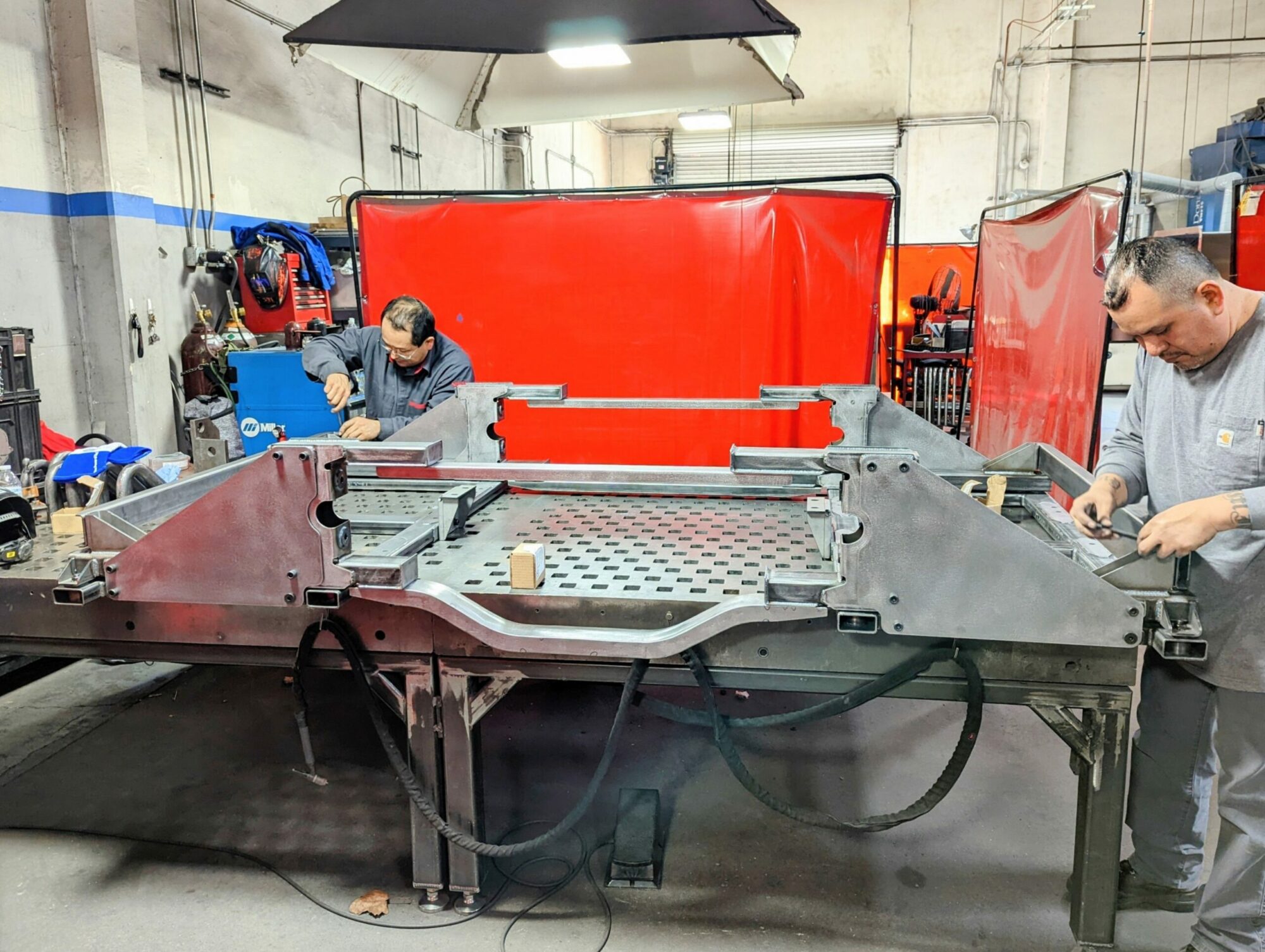Laser, MIG, TIG & SPOT WELDING

Laser, MIG, TIG & Spot Welding
Laser welding offers significantly faster weld times and delivers superior, consistent quality across a broader range of materials and thicknesses compared to MIG or TIG welding—all with minimal distortion, deformation, undercut, or burn-through.
This advanced technology enables seamless welding of dissimilar metals and varying thicknesses while producing high-strength, aesthetically refined joints with little to no consumable wire. With low heat input and versatile material capabilities, laser welding enhances productivity, ensures repeatability, and improves weld quality for operators of all skill levels.
At Continental Industries, our team of skilled welding professionals specializes in working with various materials. Whether welding sheet metal, bar stock, or tubing, we have the expertise, equipment, and custom fixtures to handle both one-off projects and high-volume production welding with precision and efficiency.
Methods and Capacities
• AWS Certified Welding
• Laser Welding
• MIG
• TIG
• Production Spot Welding


1025 N. Armando Street
Anaheim, CA 92806
714-632-9190
